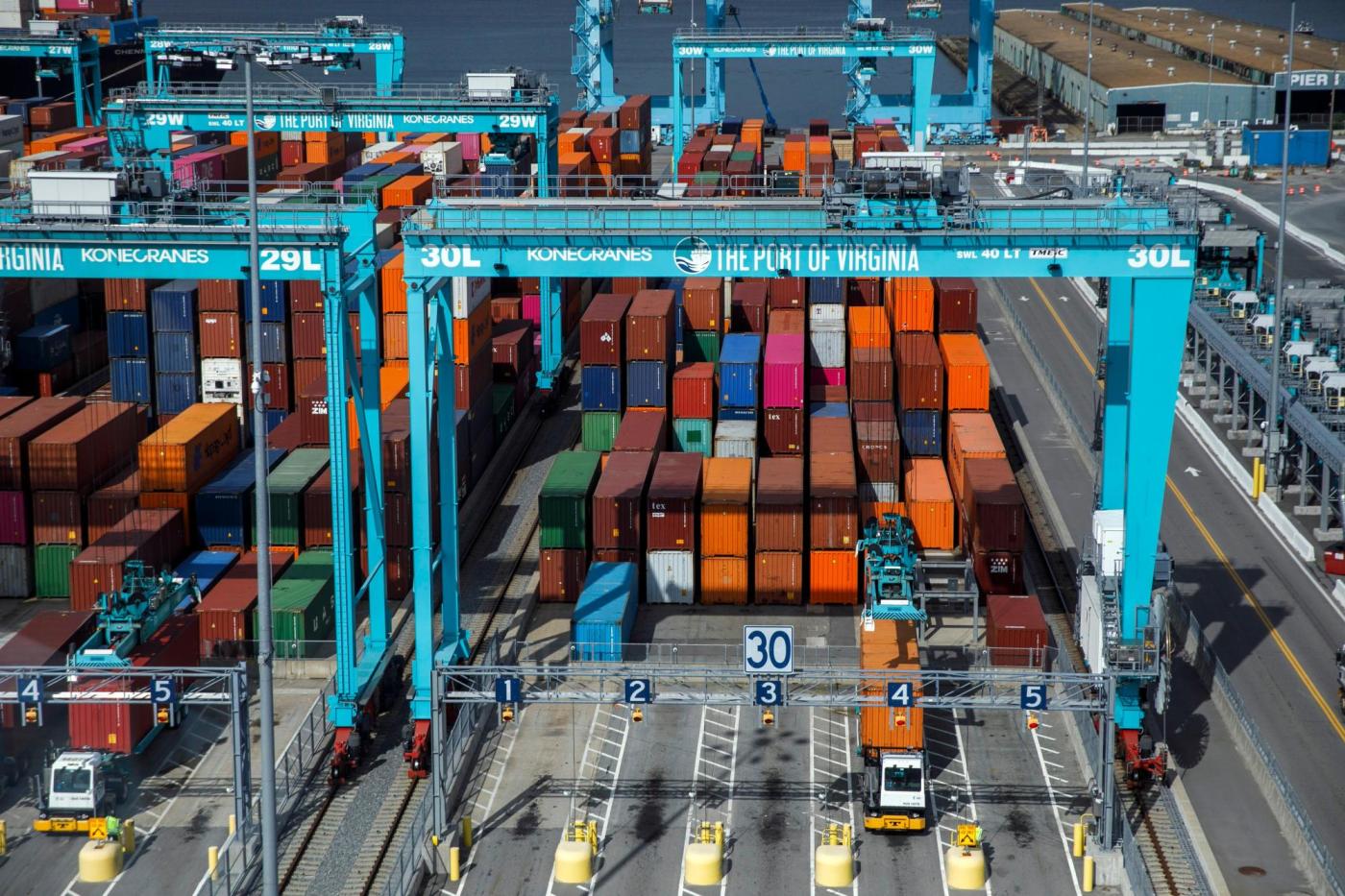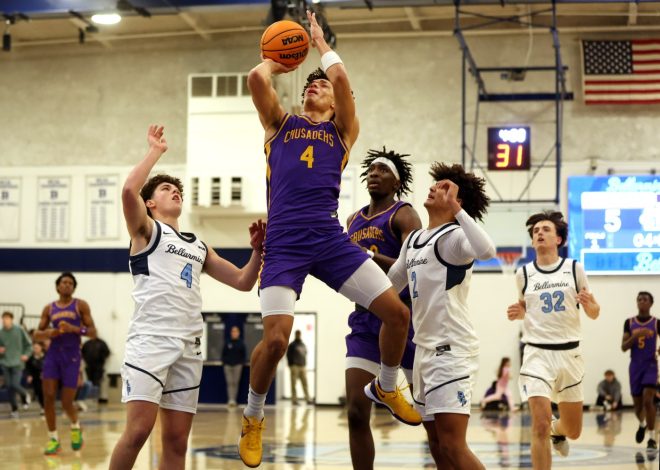
Port Workers Strike on East and Gulf Coasts
For the first time in nearly 50 years, longshoremen on the East and Gulf coasts went on strike Tuesday, a move that will cut off most trade through some of the busiest U.S. ports and could send a chill through the economy.
“Nothing’s going to move without us — nothing,” said Harold J. Daggett, the president of the International Longshoremen’s Association union, addressing picketers outside a port terminal in Elizabeth, New Jersey, early Tuesday.
The United States Maritime Alliance, which represents port employers, did not immediately respond to requests for comment.
Businesses now face a period of uncertainty. Trade experts say that a short strike would cause little lasting damage but that a weekslong stoppage could lead to shortages, higher prices and even layoffs.
“When we talk about a two- to three-week strike,” said J. Bruce Chan, a transportation analyst at Stifel, a Wall Street firm, “that’s when the problem starts to get exponentially worse.”
The prospect of significant economic damage from a strike puts President Joe Biden in a quandary five weeks before national elections. Before the strike, he said he was not going to use a federal labor to force an end to a port shutdown — something President George W. Bush did in 2002 — but some labor experts said he might use that power if the strike started to weigh on the economy.
Longshoremen move containers off ships, sort them and put them on trucks or trains, and handle bulk cargo, too. Around three-fifths of the nation’s container shipments go through ports on the East and Gulf coasts, including the Port of New York and New Jersey, the third busiest in the country, and fast-growing ports in Virginia, Georgia and Texas.
A strike will also stop the shipment of cars and heavy machinery through the Port of Baltimore, where operations were curtailed for most of the spring after a container ship crashed into the Francis Scott Key Bridge.
Automakers said that they were monitoring the strike but that it was too early to say how it would hit them.
Cruise ship operations are unaffected by the strike, and military shipments will continue. Rick Cotton, the executive director of the Port Authority of New York and New Jersey, said Monday that around 100,000 containers would be stored at the port during the strike and that 35 ships arriving over the next week would be anchored offshore.
“The stakes are very high,” Gov. Kathy Hochul of New York said at a news conference Monday. “The potential for disruption is significant.” But she also sought to calm consumers, saying shortages of food and pharmaceutical products were not expected.
For bringing large amount of goods in and out of the country, there is no practical alternative to ports. And ports cannot operate without longshoremen, giving them strong leverage in labor negotiations.
West Coast ports are open. Longshoremen there belong to a different union and agreed last year on a new contract that includes a significant increase in wages.
Under the contract that expired Monday, longshoremen on the East and Gulf coasts earned a top rate of $39 an hour. The ILA wants a $5-an-hour raise in each of the six years of a new agreement, giving it a 77% raise over the life of the contract. On Monday, the alliance said its latest offer to the union would raise pay “nearly 50%” over the course of the contract.
With overtime and shift work, many longshoremen earn well over $100,000 a year, putting them ahead of other workers without a college degree. But they say they put in far more hours than workers in other jobs earning similar amounts, and do so in often harsh or dangerous conditions.
The high inflation of the last few years has reduced their wages’ purchasing power. And longshoremen contend that they have a right to a slice of the increased profits that their employers — some of which are large global shipping lines — made during the pandemic trade boom in 2021 and 2022.
Knowing that a strike was possible, many companies rushed in merchandise before Tuesday, including most of the durable consumer goods that they intend to sell during the holiday sales period. But even a short strike could hurt importers of perishable goods like fruit.
Daniel J. Barabino, chief operating officer at Top Banana, a fruit distributor based at the Hunts Point Produce Market in the Bronx borough of New York City, said a strike could cause him to run out of bananas, his main product, by the end of next week. “It’s going to be everyone in the region, all the banana importers — nobody’s going to have fruit,” he said.
Barabino added that shipping fruit by air was too costly. And he said he couldn’t make up the shortfall with sales of produce other than bananas. “They pay the coffee bill, maybe the bottled water bill,” he said, “but they’re not paying the electric bill, the rent, the truck leases or employee salaries.”
The ILA last walked out across all East and Gulf coast ports in 1977, snarling container shipping for more than six weeks. The deal that ended the strike included wage raises well above those proposed by employers, increased contributions to pension plans and steps to address the ILA’s concern that new technology could cause job losses.
The ILA is still fighting automation. It broke off talks with the Maritime Alliance in June, saying a port in Mobile, Alabama, was checking trucks using technology that was not authorized under its labor contract. (The technology had been in use since the port opened in 2008, a source familiar with its operations said.)
Under the expired contract, port operators were permitted to use “semi-automated” technology but not equipment “devoid of human interaction.” The Maritime Alliance said it had offered in recent talks to carry that commitment into a new contract.
Recently, other unions have gotten much of what they asked for in contract negotiations, and labor experts said the ILA was hoping to capitalize on that winning run.
“The union has shown it’s fighting hard,” said Harley Shaiken, a professor emeritus at the University of California, Berkeley, who has specialized in labor and trade. “The employers’ association is also well aware that the broader environment is that strikes have delivered for unions in the last year or so.”
This article originally appeared in The New York Times.


